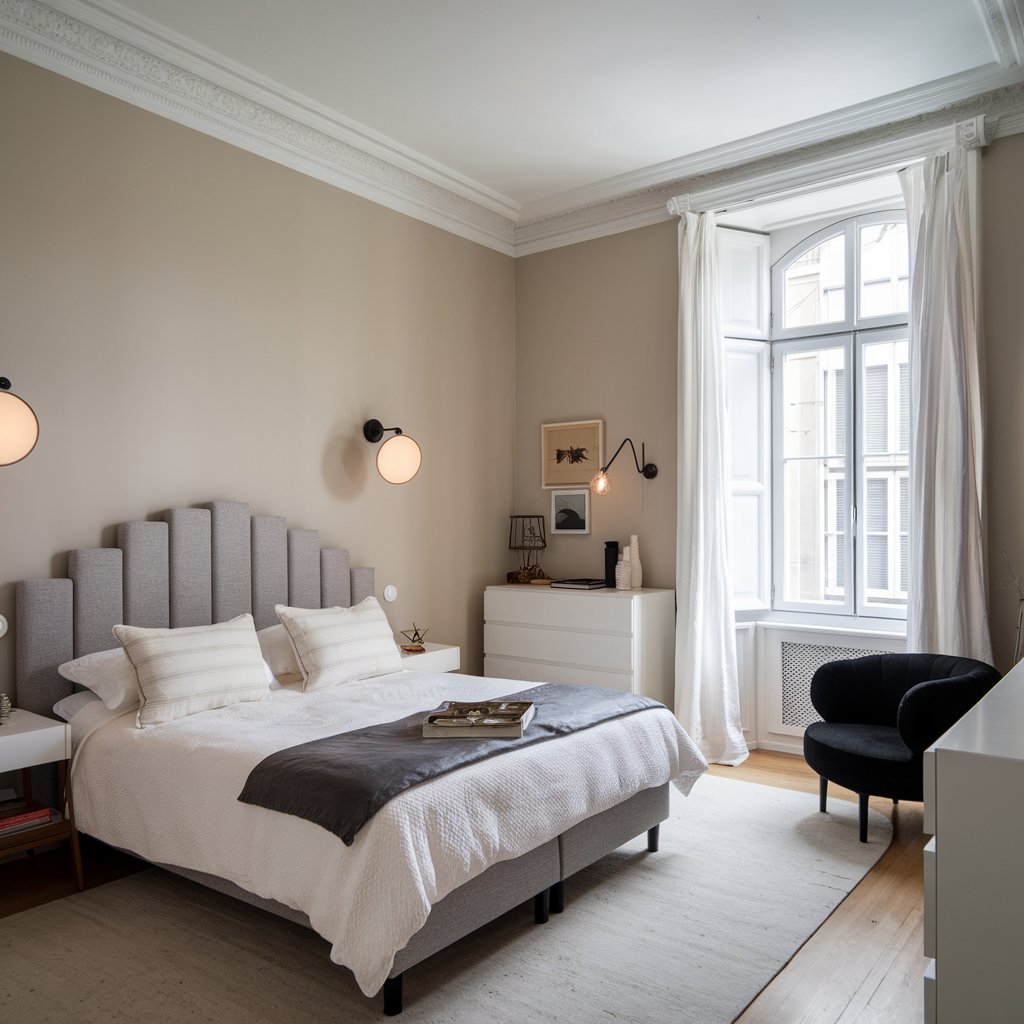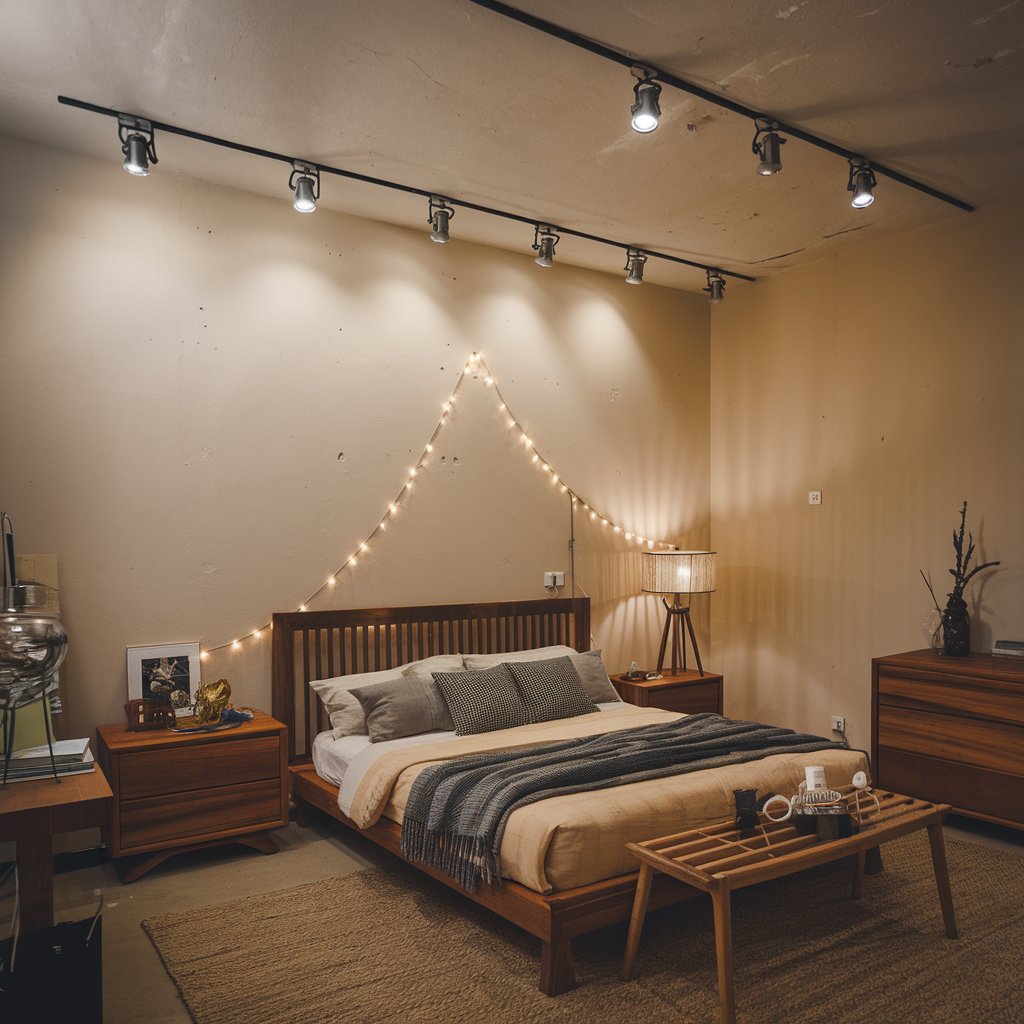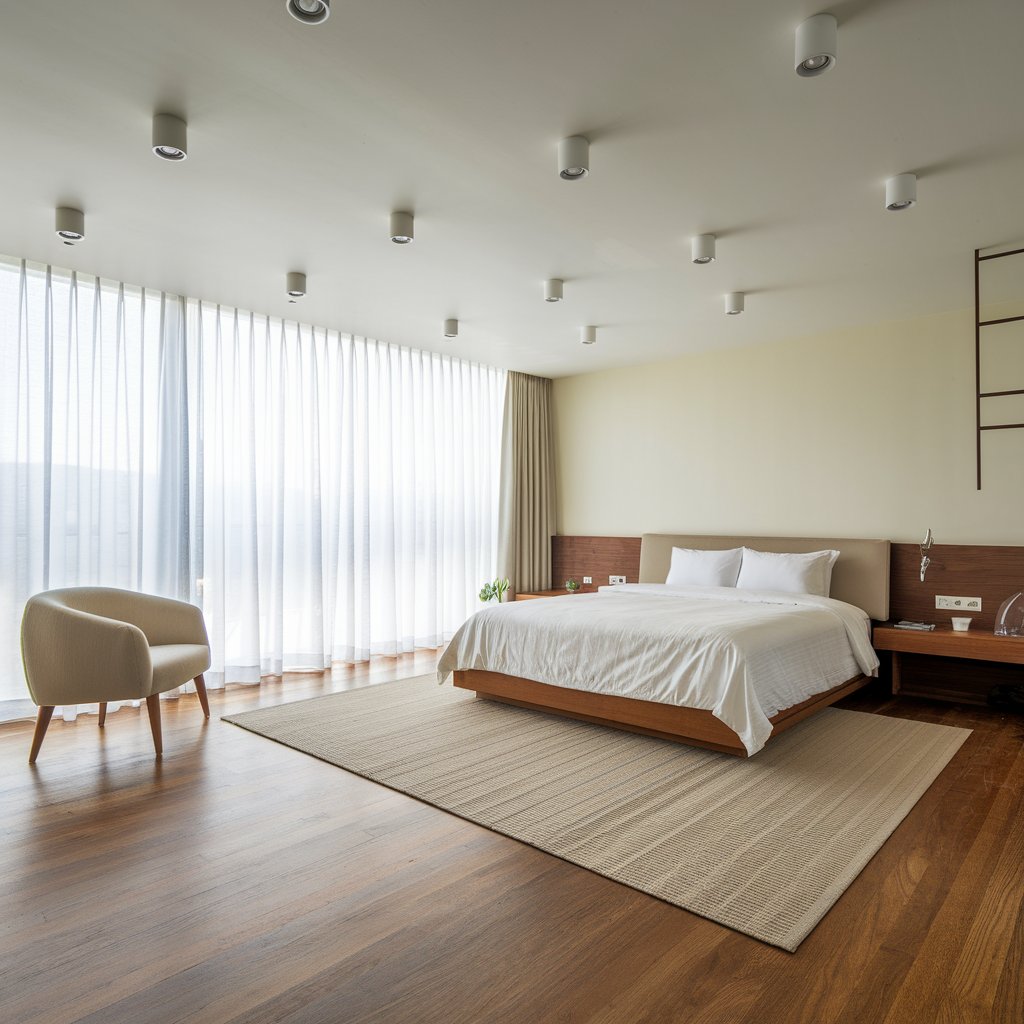How Many Pot Lights in a Living Room: Determining The Perfect Number
How many pot lights in a living room? This seemingly simple question actually involves a surprising number of factors. This comprehensive guide will walk you through everything you need to consider when planning your living room lighting, from understanding different types of lighting to calculating the ideal number of pot lights for your space and…
How many pot lights in a living room? This seemingly simple question actually involves a surprising number of factors. This comprehensive guide will walk you through everything you need to consider when planning your living room lighting, from understanding different types of lighting to calculating the ideal number of pot lights for your space and achieving the perfect ambiance. We’ll cover everything from room size and ceiling height to furniture placement and desired lighting levels. By the end, you’ll be confident in making the right lighting choices for your living room.
Pot lights, also known as recessed lights, are a popular choice for living room illumination. They’re installed directly into the ceiling, providing a clean, minimalist look. Their versatility allows for both ambient and task lighting, depending on placement and bulb type. Understanding their capabilities is crucial for determining the right number for your specific space.
How Many Pot Lights in a Living Room?
Use one pot light for every 4 to 6 square feet of ceiling space. For a standard 12×18-foot living room (216 sq ft), you’ll need around 8 to 12 pot lights for balanced illumination, depending on ceiling height, layout, and desired brightness. Dimmer switches offer better control.
Read More: Transform Your Space: How to Improve Lighting in a Room?
Factors Affecting Pot Light Number: Room Dimensions

The size of your living room is a primary determinant. A larger living room will naturally require more pot lights to achieve even illumination. Measuring the length and width is essential. Consider the square footage and calculate the amount of light needed per square foot.
Calculating Light per Square Foot
| Room Size (sq ft) | Lights (1 per 6 sq ft) | Lights (1 per 5 sq ft) | Lights (1 per 4 sq ft) |
|---|---|---|---|
| 100 | 17 | 20 | 25 |
| 150 | 25 | 30 | 38 |
| 200 | 33 | 40 | 50 |
| 216 | 36 | 43 | 54 |
| 250 | 42 | 50 | 63 |
| 300 | 50 | 60 | 75 |
Tip: Use fewer lights with higher lumen output or space them based on zones (reading, accent, general). Always factor in ceiling height and natural light.
Generally, you’ll need about 1 watt per square foot for ambient lighting. However, this is a guideline; darker rooms might necessitate more. Consider using an online lighting calculator or consulting with a lighting professional for a more precise calculation.
Factors Affecting Pot Light Number: Ceiling Height

Higher ceilings require more pot lights to prevent dark corners and uneven lighting. The further the light source from the floor, the less effectively it illuminates the room. Proper spacing is critical to ensure adequate coverage.
Read More: Lighting A 15’x15′ Room: How Many Can Lights for 15’x15 Room?
Optimizing Light Placement for High Ceilings
For high ceilings, consider layering your lighting. This might involve using a combination of pot lights and other lighting fixtures, such as floor lamps or pendant lights, to achieve a balanced and well-lit space.
Factors Affecting Pot Light Number: Ambient vs. Task Lighting
Ambient lighting provides general illumination, while task lighting focuses light on specific areas like reading nooks or workspaces. Determining the balance between these two types is critical. You’ll likely need more lights if you prioritize both.
Balancing Ambient and Task Lighting
Strategically placing pot lights can achieve both. Ambient lights can be evenly spaced across the ceiling, while task lighting can be concentrated over specific areas using brighter bulbs or additional fixtures. Consider dimmer switches for ultimate control.
Read More: How Many Can Lights in a 20×20 Room Without: Determining The Right Number
Factors Affecting Pot Light Number: Furniture Placement

The arrangement of your furniture will influence where you need the most light. Avoid placing furniture in shadowy corners. Strategic placement of pot lights can highlight focal points, such as a fireplace or artwork.
Using Pot Lights to Highlight Focal Points
Consider placing pot lights to accentuate architectural features or decorative elements within the living room. This adds depth and visual interest to the space beyond simple illumination.
Factors Affecting Pot Light Number: Wall Color and Decor
Darker wall colors absorb more light, demanding more pot lights to achieve the same brightness level as lighter-colored walls. Highly reflective surfaces, on the other hand, may require fewer lights.
Light Reflection and Absorption
Understand how your wall colors and decorative elements interact with light. Darker colors and textures require a higher wattage or a greater number of pot lights to create sufficient brightness.
Types of Pot Lights and Bulbs
Different pot lights offer various light output and energy efficiency. LEDs are energy-efficient and long-lasting, while incandescent bulbs offer warmer light but consume more energy.
Choosing the Right Bulbs for Pot Lights
LEDs are generally recommended for their energy efficiency and longevity. However, consider the color temperature (measured in Kelvin) to achieve your desired ambiance. Lower Kelvin values provide warmer light, while higher values provide cooler light.
Recommended Spacing for Pot Lights
The ideal spacing between pot lights depends on the bulb’s light output and the ceiling height. Generally, aim for 6-8 feet apart for even illumination. Consult installation guides for specific recommendations based on your chosen lights.
Adjusting Spacing Based on Room Features
In areas with architectural details or furniture, adjust spacing to ensure proper illumination. For instance, you might need lights closer together in a corner or around a large sofa.
Using a Lighting Designer for Professional Advice
For complex layouts or unique architectural designs, it’s beneficial to consult a lighting designer. They can create a comprehensive lighting plan that optimizes both aesthetics and functionality, ensuring even illumination throughout your living room.
Benefits of Professional Lighting Design
A professional can offer detailed calculations, specific product recommendations, and a customized plan to create the ideal lighting scheme for your living room. This is especially beneficial for larger or more complex spaces.
Cost Considerations for Pot Light Installation
The cost of installing pot lights varies depending on the number of lights, materials, and labor costs. Get multiple quotes from electricians to compare pricing and ensure you’re getting a fair price for the job.
Budgeting for Pot Light Installation
Factor in the cost of the lights themselves, the electrician’s labor, and any additional materials needed, such as wiring and junction boxes. A detailed quote from a professional will help you accurately budget for the project.
DIY vs. Professional Installation
While installing pot lights might seem like a DIY project, electrical work should always be undertaken by a licensed professional for safety reasons. Improper installation can lead to fire hazards or electrical shocks.
Safety Precautions When Installing Pot Lights
Always prioritize safety when working with electricity. If you are not experienced in electrical work, hire a qualified electrician to avoid potential hazards. Incorrect installation can void warranties and compromise safety.
Maintenance and Upkeep of Pot Lights
Regular maintenance is key to ensuring your pot lights function optimally. This involves periodically checking the bulbs, cleaning the fixtures, and ensuring proper ventilation.
Maintaining Optimal Pot Light Performance
Clean dust and debris from the fixtures regularly. Replacing bulbs promptly when they burn out is crucial. This ensures the continued efficiency and longevity of your lighting system.
Alternative Lighting Options for the Living Room
Pot lights are excellent, but aren’t the only option. Consider supplementing them with floor lamps, table lamps, or pendant lights to create a more layered and versatile lighting scheme.
Layering Different Lighting Styles
Mixing different types of lighting allows for more flexibility and control over ambiance. Combining pot lights with other sources creates a more dynamic and aesthetically pleasing lighting setup.
Troubleshooting Common Pot Light Issues
Occasional issues might arise with pot lights. Flickering, buzzing, or dim lights can indicate problems with the bulbs, wiring, or even the fixture itself. Consult a qualified electrician.
Addressing Common Pot Light Problems
If you experience any issues with your pot lights, it’s crucial to identify the problem before attempting any repairs. Attempting to fix electrical problems yourself can be dangerous; professional assistance is recommended.
How Many Pot Lights are TOO Many?
While there’s no magic number, too many pot lights can create harsh, glaring illumination and negatively impact the ambiance. Consider dimming options and strategic placement to avoid this.
Achieving a Balanced and Warm Ambiance
Dimmers allow you to adjust the brightness levels according to the time of day and your mood. Avoid overly bright, harsh lighting by implementing a balance between light sources and dimmer switches.
Frequently Asked Questions
What is the average cost of installing pot lights?
The cost varies greatly depending on factors like the number of lights, the complexity of the installation (e.g., needing to run new wiring), and your location. Expect to pay anywhere from a few hundred to several thousand dollars for a complete installation.
How long do pot lights last?
The lifespan depends heavily on the type of bulb used. LED bulbs can last for 15 years or more, while incandescent bulbs typically last only a few years. The fixtures themselves, when properly installed and maintained, should last for decades.
Can I install pot lights myself?
While it’s tempting to DIY, electrical work requires expertise and carries significant safety risks. Hiring a licensed electrician is strongly recommended to avoid potential hazards and ensure a professional installation.
How do I choose the right color temperature for my pot lights?
Color temperature is measured in Kelvin (K). Lower Kelvin values (2700K-3000K) produce warmer, more yellowish light, suitable for relaxation. Higher Kelvin values (5000K-6500K) produce cooler, bluish light, better for task lighting. The ideal temperature depends on personal preference and the room’s purpose.
Final Thoughts
Determining the ideal number of pot lights for your living room is a balancing act. Consider the size of your room, ceiling height, desired ambiance, and furniture placement. Remember to factor in the type of bulbs, the cost of installation, and the importance of professional installation for safety. While this guide provides valuable insight, consulting a lighting professional may offer the most tailored and effective solution for your specific needs and preferences. Don’t hesitate to seek professional assistance for a truly stunning and functional living room lighting scheme. With careful planning and execution, your pot lights can transform your living room into a warm, inviting, and well-lit space. Remember to always prioritize safety and seek professional help when needed.

